Operating a crane truck in Australia is a task that demands not only skill but also strict adherence to safety and regulatory standards. For aspiring operators, understanding the licensing process is the first step toward a safe and successful career. For business owners, ensuring employees hold the correct qualifications is essential for legal compliance and workplace safety.
However, navigating the landscape of licences and qualifications can be complex. Learn more about the process and the proper licences crane truck operators need in Australia with our experts at Ultimate Crane Trucks.
Understanding Crane Truck Licences & Operator Qualifications in Australia
Depending on the truck’s weight, crane capacity, and operational tasks, operators may need multiple licences and certifications. Below, we break down the essential requirements for legally and safely operating a crane-mounted truck.
1. Heavy vehicle driver’s licence
Since crane trucks are classified as heavy vehicles, operators must hold the appropriate driver’s licence based on the truck’s specifications:
- Light Rigid (LR) licence: Allows licence holders to drive a motor vehicle with a gross vehicle mass (GVM) between 4,500 to 8,000 kg.
- Medium Rigid (MR) licence: Allows licence holders to drive a vehicle with 2 axles and a gross vehicle mass (GVM) greater than 8,000 kg.
- Heavy Rigid (HR) licence: Allows licence holders to drive a vehicle with 3 or more axles and a gross vehicle mass (GVM) greater than 8,000 kg.
Each state has its own process for obtaining these licences, and drivers may need additional endorsements depending on the vehicle’s features.
2. High-Risk Work Licence (HRWL) for vehicle loading cranes
For crane trucks with a lifting capacity of 10 metre tonnes or more, operators must obtain a High Risk Work Licence (HRWL) for vehicle loading cranes. This involves:
- Completing formal training with a Registered Training Organisation (RTO)
- Passing a theory and practical assessment
- Applying for the licence through the relevant state or territory WorkSafe authority
For cranes with a lifting capacity below 10 metre tonnes, a HRWL is not required, but operators should complete accredited training such as RIIHAN307D – Operate a Vehicle Loading Crane to ensure safe handling.
3. Dogging licence (if slinging)
If an operator is responsible for slinging loads or directing crane movements where the load’s weight, size, and center of gravity are not predetermined, a dogging licence (DG) is required. This ensures the operator has the skills to assess load stability, select the correct lifting gear, and safely signal crane movements.
Without a dogging licence, operators must work with a licenced dogger to perform these tasks.
4. Construction induction card (white card)
For operators working on construction sites, a White Card is mandatory. This general construction induction training certifies that workers understand worksite hazards, risk management procedures, and basic safety and emergency protocols.
Each state’s WorkSafe authority issues these cards and they are nationally recognised.
5. Working at heights certification
Crane truck operators who work at elevated levels may need a Working at Heights certification to ensure they understand fall prevention strategies, proper use of harnesses and fall arrest systems, and risk assessments for elevated work environments.
Although not always mandatory, this certification is a recommended step for those who climb truck platforms or operate at height.
Staying Compliant: Renewal & State Regulations
Crane truck licences and certifications are not one-time requirements. They must be renewed periodically. High Risk Work Licences expire every five years, as an example. This necessitates operators completing refresher training and reapplying via their state’s WorkSafe authority.
Additionally, licensing requirements can vary by state, so it’s crucial to check with local regulators to ensure compliance. Resources such as SafeWork Australia provide up-to-date information on national regulations.
A safer and more efficient work environment is fostered by crane truck operators obtaining the necessary licences and certifications. This action also ensures they meet all legal obligations.
Importance of Proper Licencing
Operating a crane truck without the appropriate licence can lead to severe legal repercussions and significant safety risks.
For instance, in 2021, in South Australia, an unlicensed operator attempted to unload materials using a vehicle loading crane without extending the outriggers, causing the crane to tip over. The investigation revealed several critical safety oversights during the accident. Specifically, the report noted instances of overloading and a failure to extend the outriggers.
In another accident in 2015, a crane truck operator and supervisor was prosecuted after directing an unlicensed worker to assist in load-shifting a large steel pipe. The worker was fatally struck and run over by the crane during the operation.
Partner with Licenced Professionals
For businesses requiring crane truck services, collaborating with fully licensed and experienced operators is crucial. At Ultimate Crane Trucks, the safe and efficient execution of all lifting and transportation tasks is paramount. Our team of licensed professionals ensures this by adhering to the highest industry standards.
Whether it’s machinery transport, steel delivery, or site shed relocation, we offer reliable solutions tailored to your project’s needs. Contact us today and let’s start your project now!


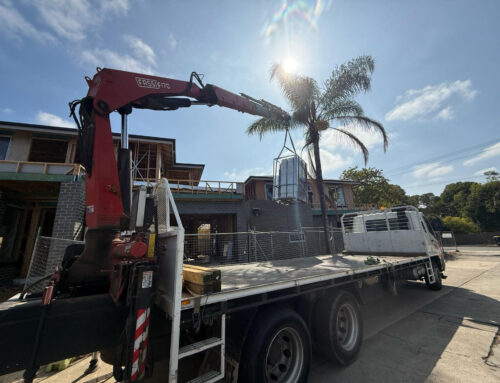
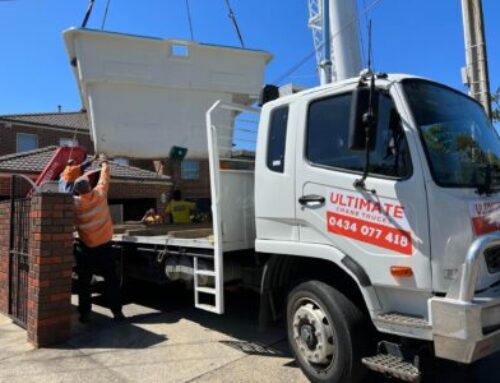
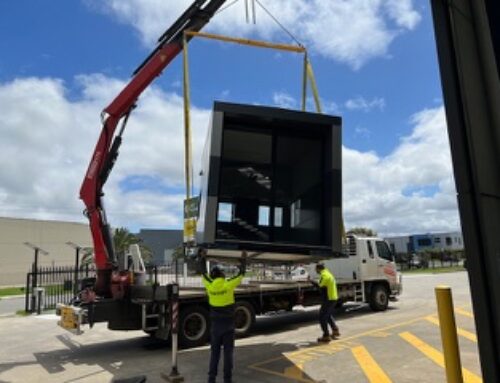
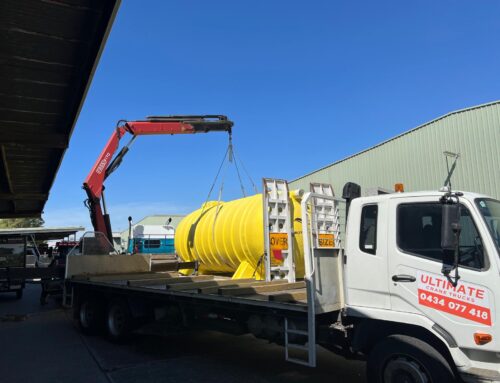
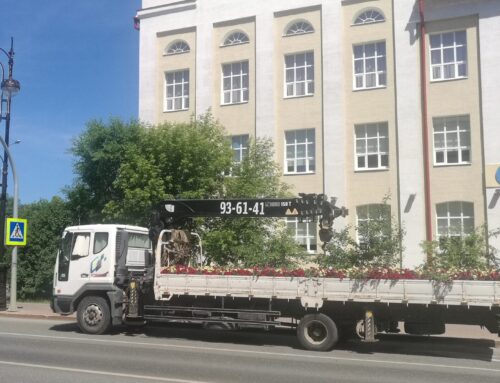
Leave A Comment